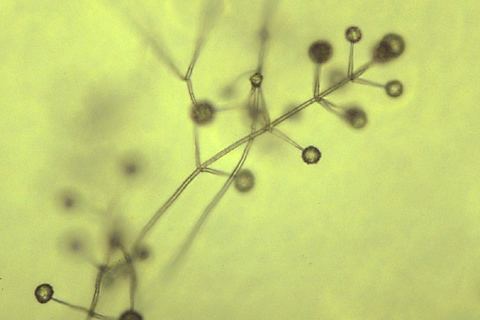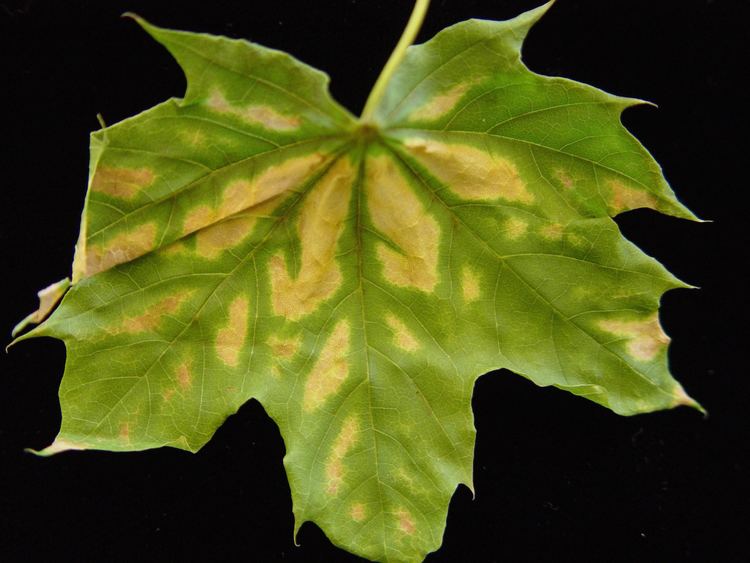Kingdom Fungi Scientific name Verticillium Rank Genus | Family Plectosphaerellaceae Higher classification Plectosphaerellaceae | |
 | ||
Similar Verticillium dahliae, Verticillium albo‑atrum, Fusarium oxysporum, Phytophthora, Lecanicillium lecanii | ||
Tomato disease verticillium wilt albo atrum
Verticillium is a genus of fungi in the division Ascomycota, and are an anamorphic form of the family Plectosphaerellaceae. The genus used to include diverse groups comprising saprobes and parasites of higher plants, insects, nematodes, mollusc eggs, and other fungi, thus the genus used to have a wide-ranging group of taxa characterised by simple but ill-defined characters. The genus, currently thought to contain 51 species, may be broadly divided into three ecologically based groups - mycopathogens, entomopathogens, and plant pathogens and related saprotrophs. However, the genus has undergone recent revision into which most entomopathogenic and mycopathogenic isolates fall into a new group called Lecanicillium. The genus now includes the plant-pathogenic species V. dahliae, V. longisporum, V. albo-atrum, V. nubilum, and V. tricorpus.
Contents

The better-known species of Verticillium are V. dahliae, V. albo-atrum and V. longisporum, which cause wilt diseases called verticillium wilts in more than 400 eudicot plant species.

Verticillium wilt on trees
Selected species


